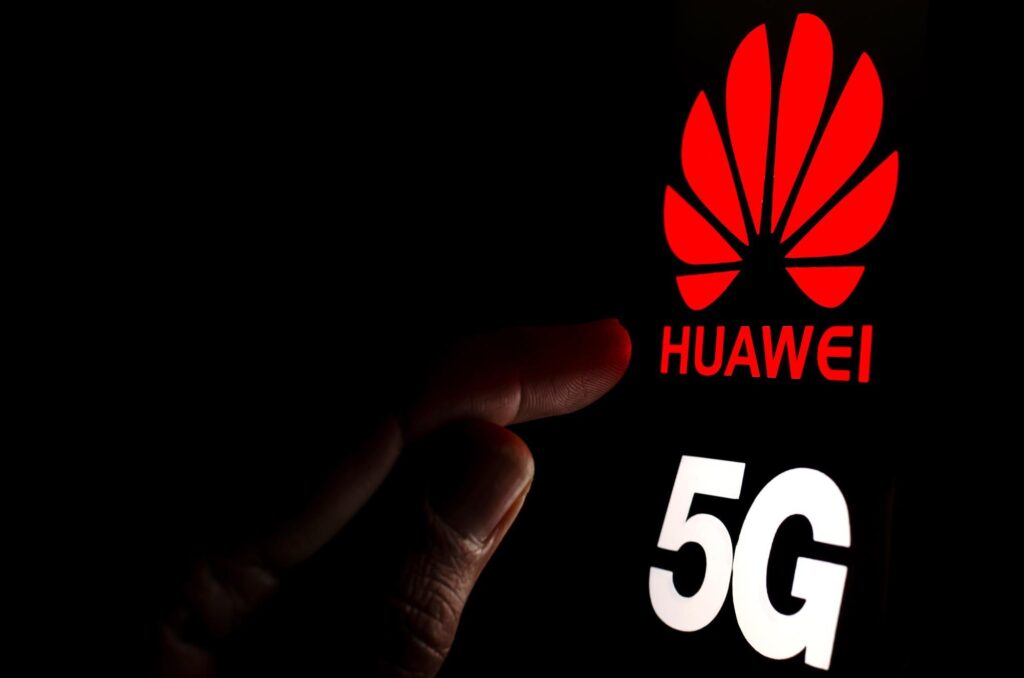By Lizhi
There’s no doubt that 5G is a reality and this is just the beginning. To-date, over 170 countries have put in place digital strategies on how to implement this next generation mobile technology at national level.
When compared to 3G and 4G, the commercialization of 5G has proven to run faster in terms of implementation – with over 1 million sites already set up and above 250 million users embracing the technology as of the start of 2021. By the end of 2022, 5G connections are projected to exceed 940 million globally. Also worth noting is the boom on the 5G smartphone market, an over 60% growth in shipment.
It is also evident that a rise in ICT investment results in GDP growth. With an expectation to to deliver higher peak data speeds, low latency, more reliability, massive network capacity, increased availability, and a much better user experience – 5G is most likely going to be a key driver to future economic growth worldwide.
An opportunity for everyone
5G creates exciting new opportunities for business and society by giving innovations the bandwidth and enhanced capabilities they need.
In 2020-21, as the COVID-19 pandemic impacted on how the daily work and life routine went about, 5G created the right environment for the shift. In this period, 88% of actively operating organizations encouraged their staff to work from home during the lockdowns and this called for advanced remote work.
Online learning and training became a new normal with companies expanding strategies amidst a growth in users; just as online trade and entertainment saw a sharp rise with income and earnings following suit.
Indeed, the future is bright and the impact of 5G across industries and experiences will be significant. There’s a lot of potential in job creation and economic output from 5G rollout in various verticals including healthcare, mining, broadcast, transportation, among others.
Additionally, the very best of 5G will be realized when all types of spectrum is part of an upgraded and modern network.
The need for higher security
Obviously, cyber security is a growing concern in all parts of the world. And with the roll out of 5G networks ongoing in numerous parts of the world, building effective cyber security strategies is key for protecting networks and end-user data.
Across the board, there is need for: 5G network protection based on the industry requirements of the enterprise infrastructure; implementation of differentiated security capabilities to match the varying requirements on experience and security; as well as the need for security of enterprise applications and data.
The 3-layer 5G security model
5G security requires shared responsibility among different stakeholders at all levels of operation. The 3-layer security model for 5G, which is widely accepted in the telecommunications industry, clearly depicts this.
Layer 1, which includes product security through standard compliance, SDL security development life cycle and NE protection, ensures that security is realized with operation devices including base stations, routers, and the network core.
Layer 2, which covers network security, involves secure deployment of network equipment, connection to the 5G Core, O&M security, and network protection.
Layer 3 involves application security, SP compliance, and service protection to terminal and vertical application providers including device applications.
Huawei’s contribution to 5G Security
In 2020, Huawei passed the 5G Core (5GC) Network equipment Security Assurance Scheme (NESAS) and Security Assurance Specifications (SCAS) assessment becoming the first company to complete GSMA’s NESAS evaluation.
NESAS includes security assessments of vendor development, product lifecycle processes, and Security Assurance Specifications, it acts as a mobile industry-wide network security evaluation framework that is efficient and open to evolution.
The Scheme measures how secure a network product is and Huawei having passed the assessment, is supporting GSMA and 3GPP on developing globally standardized security evaluations.
Conclusion
Ensuring cyber security is a shared responsibility of key stakeholders such as Mobile Network Operators, vendors, application providers, regulators, among others.
For 5G networks, there is need for industry stakeholders to work together to make positive contributions to the sustainable development of the global unified security assessment and certification system.
With secure and resilient 5G networks in place, successful connectivity will be realized.
Read About: Resilience of connectivity key to Innovations

